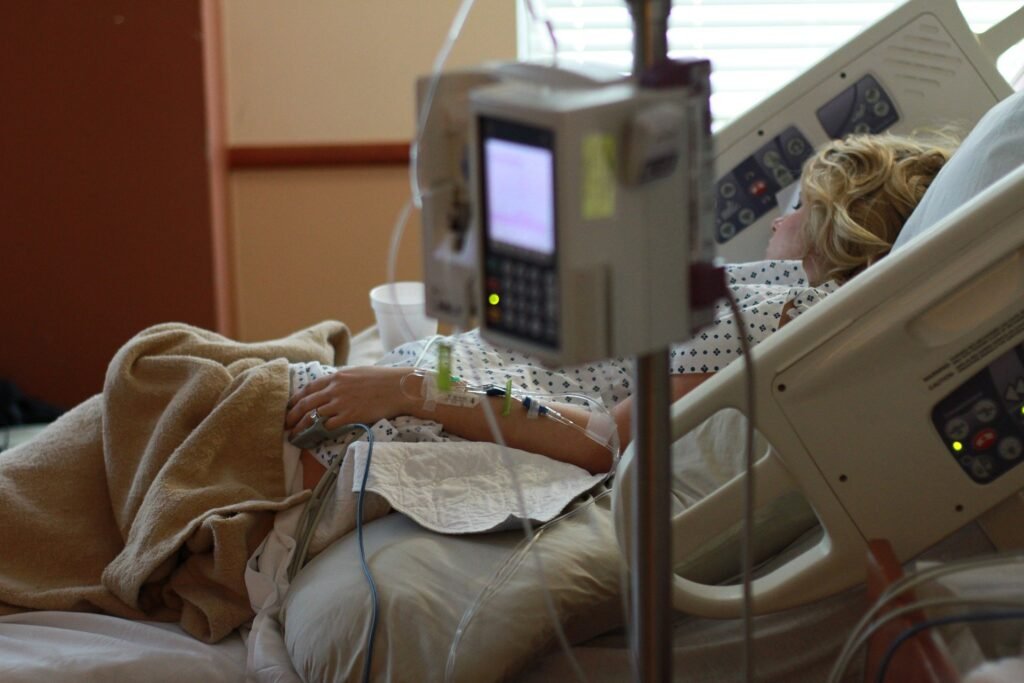A recent study conducted by the Center for Sepsis Epidemiology and Prevention Studies (SEPSIS) at the Harvard Pilgrim Health Care Institute has raised important questions regarding the effectiveness of the Centers for Medicare and Medicaid Services’ (CMS) sepsis quality measure known as the Severe Sepsis/Septic Shock Management Bundle (SEP-1).
Sepsis is a life-threatening condition that requires prompt treatment to improve patient survival. In 2015, CMS implemented SEP-1 to promote timely sepsis care, requiring clinicians to complete a specific set of interventions within 3 hours of identifying sepsis. These interventions include measuring lactate levels, drawing blood cultures, administering antibiotics, and in some cases, infusing large amounts of fluids. While initially a pay-for-reporting measure, SEP-1 has transitioned to a pay-for-performance measure.
However, SEP-1 has faced criticism due to concerns that its rigid protocol may not consider the complexity of patient presentations. This pressure on clinicians to treat sepsis rapidly and aggressively could potentially lead to the overtreatment of uninfected patients, resulting in harm.
The study, published in JAMA Network Open and titled “Complex Sepsis Presentations, SEP-1 Bundle Compliance, and Outcomes,” aimed to analyze the impact of SEP-1 care versus differences in the types of patients receiving SEP-1 compliant care. The researchers reviewed medical records of 590 sepsis patients from four academic hospitals between 2019 and 2022, focusing on various clinical factors that may influence the care patients receive but have often been overlooked in prior studies.
The findings revealed that patients who received SEP-1 compliant care differed systematically from those who did not. Patients receiving non-compliant care had more complex medical conditions, presented with unusual symptoms, had concurrent non-infectious conditions, and required urgent procedures. When adjusting for these complexities, the association between SEP-1 compliance and lower mortality rates disappeared, challenging the assumption that SEP-1 care leads to improved survival.
Dr. Chanu Rhee, the lead author of the study and Associate Professor of Population Medicine at Harvard Medical School, emphasized that SEP-1 non-compliant care does not necessarily indicate substandard care but rather reflects the complexity of sepsis presentations and competing clinical priorities.
The study’s senior author, Dr. Michael Klompas, highlighted the need for quality measures that incentivize hospitals to improve the full spectrum of sepsis care, from early recognition to post-hospital recovery, while allowing flexibility based on clinical judgment. The study supports calls from professional societies to rethink process-based sepsis mandates like SEP-1 and instead adopt risk-adjusted outcome measures.
In conclusion, the study challenges the effectiveness of SEP-1 as a quality measure for sepsis care and underscores the importance of tailoring treatment to individual patient needs. Moving forward, a shift towards outcome-based measures may better address the complexities of sepsis care and lead to improved patient outcomes.


